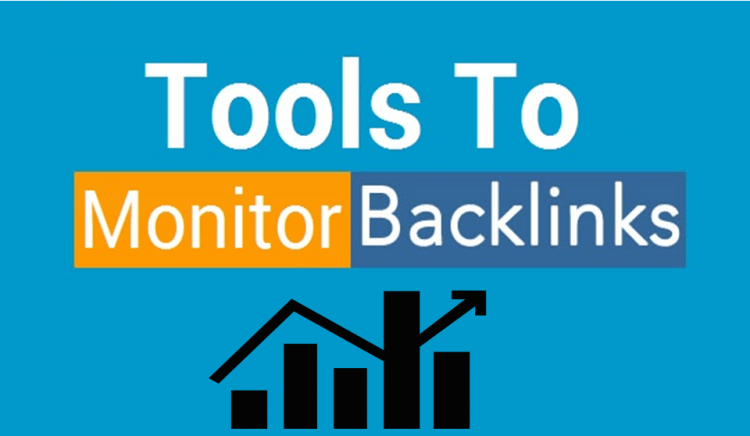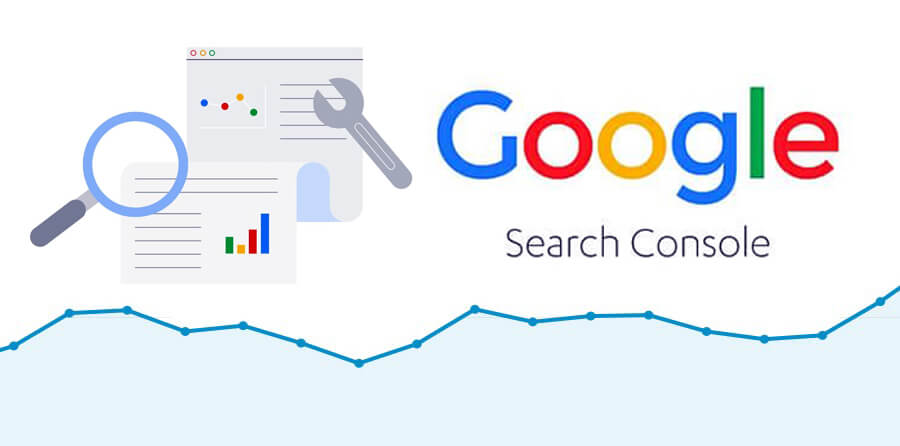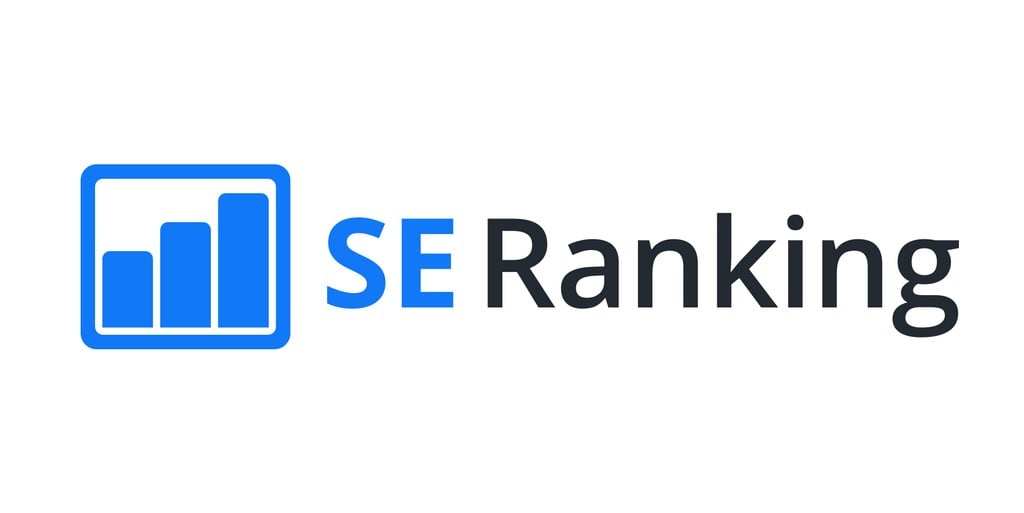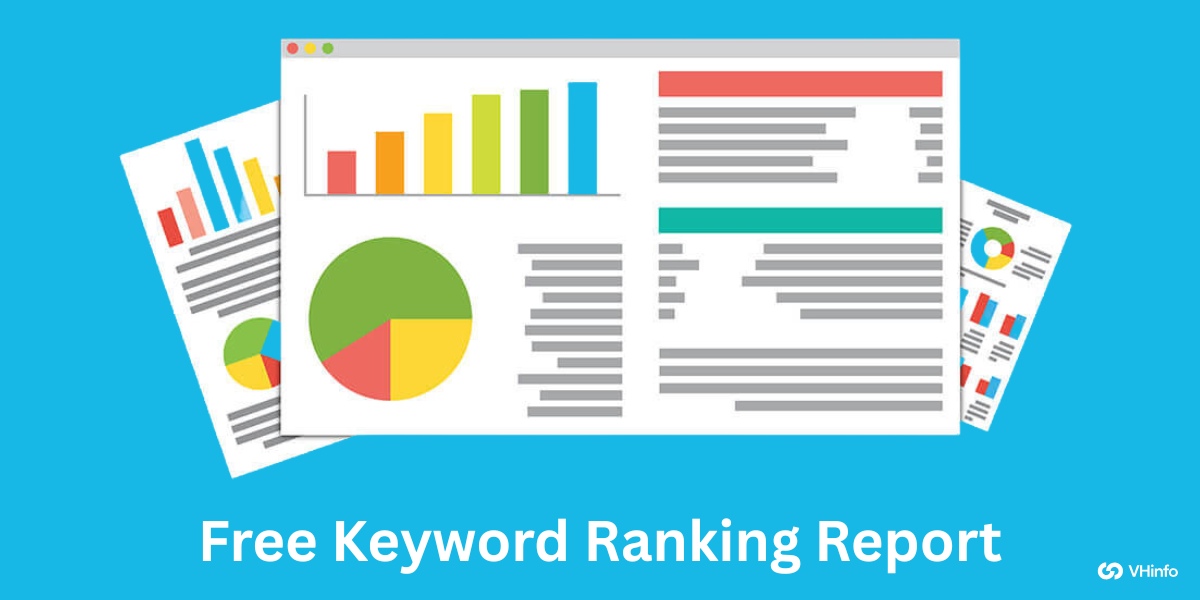Backlink monitoring is an essential practice in search engine optimization (SEO) to ensure the quality and relevance of a website’s link profile. Backlinks, also known as inbound links or incoming links, play a crucial role in determining the credibility and authority of a website. They are links from other websites that direct visitors back to your site.
Monitoring backlinks involves tracking and analyzing the links generated for a website’s backlink profile. This process helps ensure that the website is attracting healthy and high-quality links that are relevant to its content and industry. It also helps identify and disavow spammy or toxic links that can negatively impact the website’s SEO rankings.
Continuously monitoring a website’s backlink profile can help website owners detect lost or broken links, assess the impact of their link-building efforts, and remain vigilant against potential negative SEO tactics. This ensures that the website remains credible in the eyes of search engines, leading to higher search rankings, increased organic traffic, and a stronger online presence.
In this blog, we will explore the best practices and tools for backlink monitoring. We will discuss the key highlights of backlink monitoring, the importance of monitoring backlinks, how to use backlink monitoring tools effectively, and the best tools available for backlink monitoring.
Let’s dive in!
What are Backlink Monitoring Tools?

Backlink monitoring tools are software programs designed to track and analyze the backlinks of a website. These tools crawl and scan a website periodically to find all the links pointing to your website. They provide detailed insights into the website’s link profile, including information about individual links, such as the source, anchor text, domain authority, and spam score.
Backlink monitoring tools are essential for keeping your backlink profile steady and clean. They help you identify new backlinks, track the status of existing links, and analyze the quality of the links pointing to your website. By monitoring your backlinks, you can ensure that your website is associated with high-authority, relevant sources and identify and disavow any low-quality or spammy links.
One of the key features of backlink monitoring tools is their ability to provide data on your competitor’s backlink profiles. This allows you to compare your website’s link profile with those of your competitors and identify opportunities for improvement.
How Does Backlink Monitoring Work?
Backlink checking involves regularly scanning a website for its links. It checks for broken or poor-quality links. Next, the tool continuously examines the backlinks, tracking new ones and changes in anchor text. It assesses each linking domain’s health, including spam score and harmful links. The tool also monitors keyword rankings and changes in search engine rankings over time. This helps website owners evaluate the effectiveness of their link-building efforts and adjust their strategies accordingly.
Why is Backlinks Monitoring Necessary?
Backlinks monitoring is crucial for several reasons:
- Avoiding Broken Links: Sometimes links can break due to changes on your site or on the referring domain. This could lead to lost link juice and missed opportunities. Monitoring helps you quickly address any broken links and maintain a healthy backlink profile.
- Ownership Changes: Websites with your backlinks might change ownership. If the new owner alters the content drastically, it can affect how Google perceives your link. Monitoring helps you catch such changes early to prevent potential penalties.
- Competitor Analysis: Monitoring your competitors’ backlinks can provide valuable insights. You can identify broken links on their sites and approach the website owners to replace them with links to your site. Additionally, you can discover new link-building opportunities by analyzing where your competitors are getting their backlinks from.
How Should I Use Backlink Monitor?

To effectively use a backlink monitoring tool, there are a few key steps to follow:
- Set Up Your Backlink Monitoring Tool: Choose a backlink monitoring tool that suits your needs and set it up by providing the necessary information, such as the website URL and any additional settings or preferences. Once set up, the tool will start monitoring your backlinks.
- Monitor New and Lost Backlinks: Regularly check the backlink monitoring tool for any new or lost backlinks. This will help you stay updated on the changes in your backlink profile and take necessary actions, such as disavowing spammy links or reaching out to websites for link-building opportunities.
- Analyze Anchor Text Distribution: Pay attention to the anchor text used in your backlinks. Ensure that there is a diverse and natural mix of anchor text, including branded, generic, and long-tail phrases. Avoid overusing exact-match keywords, as this can raise red flags to search engines.
- Use Google Analytics: Integrate your backlink monitoring tool with Google Analytics to gather additional insights into your backlink performance. Google Analytics provides valuable data on traffic sources, referral traffic, and user behavior, which can help you assess the effectiveness of your backlinks in driving traffic and conversions.
- Monitor Inbound Links and Referral Traffic: Use the backlink monitoring tool to track the inbound links pointing to your website and monitor the referral traffic generated from these links. This will help you identify the sources of high-quality traffic and prioritize your link-building efforts accordingly.
- Assess Spam Score: Monitor the spam score of each linking domain in your backlink profile. A high spam score indicates a potentially harmful or low-quality link. Regularly check the spam score and disavow any links with a high score to protect your website’s SEO rankings.
Backlink Monitoring Tools Features & Benefits
Backlink monitoring tools are essential for any website looking to maintain a healthy backlink profile. They help by actively tracking new and lost backlinks, analyzing anchor text distribution, integrating with Google Analytics, monitoring inbound links and referral traffic, and assessing spam scores. All of this can help website owners effectively manage their link-building strategies and protect their SEO rankings.
These tools offer a range of features and benefits that streamline the process of backlink management and empower users to make data-driven decisions for optimizing their website’s search engine performance.
Best Backlink Monitoring Tools

You might already use some SEO tools for your marketing. If those tools don’t do enough for backlink monitoring, you can try new ones.
Here’s a handy list of tools for keeping an eye on your backlinks.
Google Search Console

Google Search Console is a helpful tool for checking your backlinks and improving your website’s performance. It gives insights on your site’s visibility in Google search, like inbound links, search traffic, and keyword rankings.
You can see referring domains, anchor text distribution, and harmful links that impact your SEO. Using this tool helps you monitor changes in your backlinks over time to manage them better. It can boost your link building and SEO strategies if used correctly.
Ahrefs

Ahrefs is a really popular SEO tool that’s great for keeping an eye on your backlinks, but it’s also useful for researching keywords and understanding your website’s performance.
With Ahrefs, you can check how strong a page is, get rid of bad links, and see how much traffic other websites send to yours. You can also use their Rank Tracker to keep tabs on your important keywords and see how your backlinks are doing. It shows if you gained or lost any new links.
The basic Ahrefs plan costs $99 per month, which is usually plenty for tracking your backlinks effectively.
Semrush

Semrush is another great SEO tool you can use to look at your backlinks.
The least expensive Semrush plan is $129.95 per month. With it, you can quickly check how your backlinks are doing. Plus, there’s a special section just for building links. You can do a backlink checkup to find any bad links that might hurt your SEO.
One handy thing about Semrush is that you can make a list of spammy links and then use Google’s disavow tool to get rid of them. This feature saves you time and effort.
SE Ranking

SE Ranking is a comprehensive backlink monitoring tool that offers a range of SEO functionalities. It allows users to track their backlink profiles, monitor referring domains, and analyze anchor text distribution. Additionally, SE Ranking provides insights into domain authority, page authority, and domain rating. This tool enables users to identify spammy links and optimize their link building efforts effectively.
With SE Ranking, users can conduct website audits, track keyword rankings, and monitor backlink changes. The platform also offers features such as email alerts and competitor analysis to stay ahead in the digital marketing landscape. SE Ranking is a valuable tool for enhancing SEO strategies and improving online visibility.
Monitor Backlinks

Monitor Backlinks is a versatile tool that provides in-depth insights into your backlink profile. It enables you to track new and lost backlinks, analyze anchor text distribution, and monitor referring domains.
By keeping a close eye on your link profile, you can identify and disavow any spammy links, ensuring the health of your website. Additionally, Monitor Backlinks offers email alerts for any changes in your backlink profile, keeping you informed in real-time.
With its user-friendly interface and comprehensive features like competitor analysis and keyword rankings, Monitor Backlinks is a valuable asset for any link building campaign. Enhance your SEO efforts by harnessing the power of Monitor Backlinks.
Open Link Profiler

Open Link Profiler is a helpful tool for checking backlinks. It shows data on a site’s link profile, like anchor text and referring domains. This tool helps monitor link building and spot bad links. By using Open Link Profiler for a website check, you can improve your link strategy and boost domain authority. It also tracks new and lost links, checks page strength, and identifies do-follow vs. no-follow links. Using Open Link Profiler can enhance backlink monitoring and aid in SEO efforts.
Linkio

Linkio is a tool for monitoring backlinks. It helps manage your backlink profile effectively. With Linkio, track link building, find opportunities, and check backlink quality. The tool gives insights on anchor text, referring domains, and overall link health. It also finds new link chances to boost SEO. Using Linkio streamlines link building and boosts search rankings. Its interface is user-friendly, making it valuable for marketers optimizing their strategy.
LinkBox

LinkBox is a tool for monitoring backlinks. It checks anchor text, link profiles, and referring domains. You can track link building progress and find harmful spammy links. LinkBox shows backlink quality and new opportunities. It sends email alerts for changes and tracks external links. Use LinkBox to boost link building and SEO ranking improvement.
BuzzSumo

BuzzSumo is a very well-known tool for checking backlinks. It helps you keep track of the links pointing to your website and to your competitors’ sites.
You can use it to monitor keywords, domain names, and even see which pages are ranking the highest and who is linking to them. When you use this tool, you’ll receive notifications about new links, which can help you build good relationships with those websites.
Mention

Mention is a useful tool to monitor backlinks and brand mentions online. It helps track where your brand is talked about, analyzes backlinks, and finds link building chances. By watching brand mentions, you can seize opportunities to get important backlinks quickly. Mention gives insights into your online presence and keeps you updated on your brand’s reputation. It has an easy interface and strong features, making it great for improving backlinks and SEO strategy.
Key Metrics to Monitor

When monitoring backlink profile, there are several key metrics to keep an eye on. These metrics provide valuable insights into the health and quality of your backlinks.
Here are the key metrics to monitor:
Total Number of Backlinks
The total number of backlinks refers to the overall quantity of links pointing to your website. Monitoring this metric helps you understand the growth and development of your backlink profile over time. It is important to keep track of both the number of external links and their quality to ensure that your backlink profile remains strong and diverse.
Referring domains
Referring domains are the websites that link to your website. Monitoring the number of referring domains helps you assess the diversity and authority of your backlink profile. A higher number of unique referring domains indicates a strong and well-rounded link profile, which can positively impact your search engine rankings.
Domain Authority / Domain Rating
Domain authority (DA) or Domain Rating (DR) is a metric that predicts how well a website will rank on search engine result pages (SERPs). Monitoring the domain authority of the websites linking to your site helps you gauge the quality and authority of your backlinks. Focus on acquiring backlinks from websites with higher domain authority to boost your own site’s authority and improve search engine rankings.
Page Authority
Page authority is a metric that predicts how well a specific page on your website will rank on search engine result pages (SERPs). Monitoring the page authority of your backlink sources helps you assess the overall quality and relevance of the links pointing to your site. Higher page authority indicates stronger and more valuable backlinks, which can have a positive impact on your search engine rankings.
Anchor Text Distribution
Anchor text is the clickable text that appears in a hyperlink. Monitoring the anchor text distribution of your backlinks helps you ensure a diverse and natural link profile. It is important to have a mix of branded, generic, and long-tail anchor text, as overuse of exact-match keywords can be seen as spammy by search engines.
Do-Follow Vs No-Follow
Do-follow links are backlinks that pass along authority to your website, while no-follow links don’t pass any authority.
Backlinks with do-follow tags are more beneficial for your site compared to those with no-follow tags.
It’s important to track both the number of do-follow and no-follow links your website gets.
New and Lost Links
Monitoring new and lost links is crucial for understanding the growth and development of your backlink profile. New links signify successful link-building efforts, while lost links may indicate issues with the relevance or quality of your backlinks.
When you look at how many new links you’ve earned and how many you’ve lost, you can make better choices about building links in the future.
Competition
Monitoring your competitors’ backlinks is a valuable strategy for gaining insights into their link-building efforts and identifying new link opportunities.
Doing this will show you where you might face challenges and where you could find chances to improve. This way, you can make smart choices and stay ahead of your competition.
FAQ’s:
How Do I Manually Check Backlinks?
To manually check backlinks, you can use tools like Google Search Console, Ahrefs, or Moz to gather a list of websites linking to your site.
Then, review each linking website to assess its quality, relevance, and authority. This process helps you understand your backlink profile and make necessary improvements.
Are There Any Free Backlink Monitoring Tools Available?
You can find some free tools online for monitoring links, like Google Search Console and Google Data Studio.
How Do I Find My Competitors’ Backlinks For Free?
You can find your competitors’ backlinks for free by using tools like Google Search Console, Ahrefs’ backlink checker, or Moz’s Link Explorer. These tools allow you to analyze the backlink profiles of your competitors and gain insights into their link-building strategies.
How Often Should I Check My Backlink Profile?
It is recommended to check your backlink profile regularly to stay updated on any changes and make necessary adjustments to your SEO strategy. The frequency of checking your backlink profile depends on the size of your website and the intensity of your link-building efforts. However, checking your profile at least once a month is a good starting point.
How Do I Check Quality Backlinks?
To check the quality of backlinks, you can consider metrics such as domain authority, spam score, and relevance of the linking website.
High domain authority indicates a reputable and authoritative website, while a low spam score indicates a low level of spammy content. Additionally, ensure that the backlinks are relevant to your website’s niche and content.
Conclusion
In conclusion, monitoring your backlinks is crucial for maintaining a strong online presence.
By utilizing reliable backlink monitoring tools like Google Search Console, Ahrefs, and Semrush, you can track key metrics such as total backlinks, referring domains, and anchor text distribution to stay ahead of the competition.
Regularly assessing your backlink profile ensures that your website continues to rank well and attracts organic traffic.
Remember to stay proactive in identifying new link opportunities and maintaining the quality of your backlinks to boost your SEO efforts effectively.


